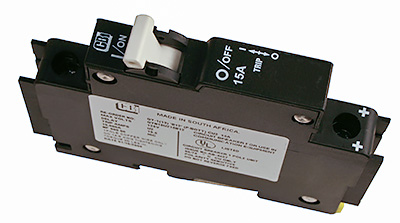Hi there. Im a newby to the group and have just built a small off grid cabin in the Scottish Highlands with my husband. I have the task of setting up the small solar panel system and have a wee question about inline fuses if I may?
I’m trying to figure out If it is possible to purchase an inline fuse (30amp) and holder that would attach directly to my 4mm cable? The fuse will sit between the charge controller and the battery. Ive seen a few pics online but they seem to come with a thin wire build in which Im not clear would be any good.
Thanks in advance
I’m trying to figure out If it is possible to purchase an inline fuse (30amp) and holder that would attach directly to my 4mm cable? The fuse will sit between the charge controller and the battery. Ive seen a few pics online but they seem to come with a thin wire build in which Im not clear would be any good.
Thanks in advance


Comment